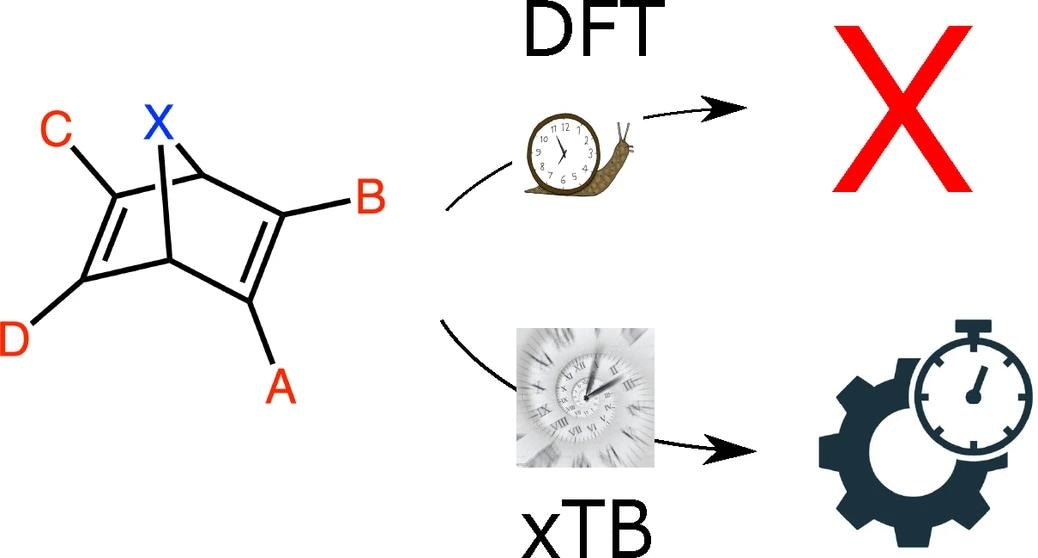Solar energy harvesting efficiency can be improved using molecular photoswitches that transform and store energy. A group of scientists used quantum computing to identify a particularly efficient molecular structure for this purpose.

Image Credit: ©Wiley-VCH, Angewandte Chemie
The team’s procedure, described in the journal Angewandte Chemie, was based on a dataset of over 400,000 molecules, which they screened to find the best molecular structure for solar energy storage materials.
Solar energy is currently utilized directly to produce electricity or indirectly through the energy stored in heat reservoirs. A third option would be to store solar energy in light-sensitive materials and then release it as needed. The EU-funded project MOST (Molecular Solar Thermal Energy Storage) is investigating molecules like photoswitches that can absorb and store solar energy at room temperature to make completely emission-free solar energy utilization a reality.
Kurt V. Mikkelsen of the University of Copenhagen (Denmark) and Kasper Moth-Poulsen of the Technical University of Catalonia, Barcelona (Spain) investigated the best photoswitches for this task.
They looked at molecules called bicyclic dienes, which change to a high-energy state when illuminated. The most well-known instance of this bicyclic diene system is norbornadiene quadricyclane, but there are numerous other candidates.
The investigators note, “The resulting chemical space consists of approximately 466,000 bicyclic dienes that we have screened for their potential applicability in MOST technology.”
Machine learning is generally used to screen a database of this size, but this requires massive amounts of training data derived from real experiments, which the team lacked. The screening and assessment of the database molecules using a previously developed algorithm and a novel evaluation score, “eta,” displayed a clear result: all six of the top-scoring molecules varied from the original norbornadiene quadricyclane system at a critical point in the structure.
The researchers concluded that the structural change, which involved an expansion of the molecular bridge between the two carbon rings in the bicyclic part, enabled the new molecules to store more energy than the original norbornadiene.
The work of the researchers shows the possibility of optimizing solar energy storage molecules. The new molecules, however, must first be synthesized and tested in real-world conditions. “Even though the systems can be synthetically prepared, there is no guarantee that they are soluble in relevant solvents and that they will actually photoswitch in high yield or at all, as we have assumed in eta,” the authors cautioned.
The team has created a fresh, substantial set of training data for machine learning algorithms, shortening the time-consuming research stage before synthesis for chemists tackling such systems in the future. The authors believe that research into photoswitches for a wide range of applications will benefit from this much larger collection of bicyclic dienes, possibly making it simpler to tailor molecules to particular needs.
Journal Reference:
Hillers-Bendtsen, A. E., et al. (2023) Searching the Chemical Space of Bicyclic Dienes for Molecular Solar Thermal Energy Storage Candidates. Angewandte Chemie International Edition. doi.org/10.1002/anie.202309543.
Source: https://onlinelibrary.wiley.com